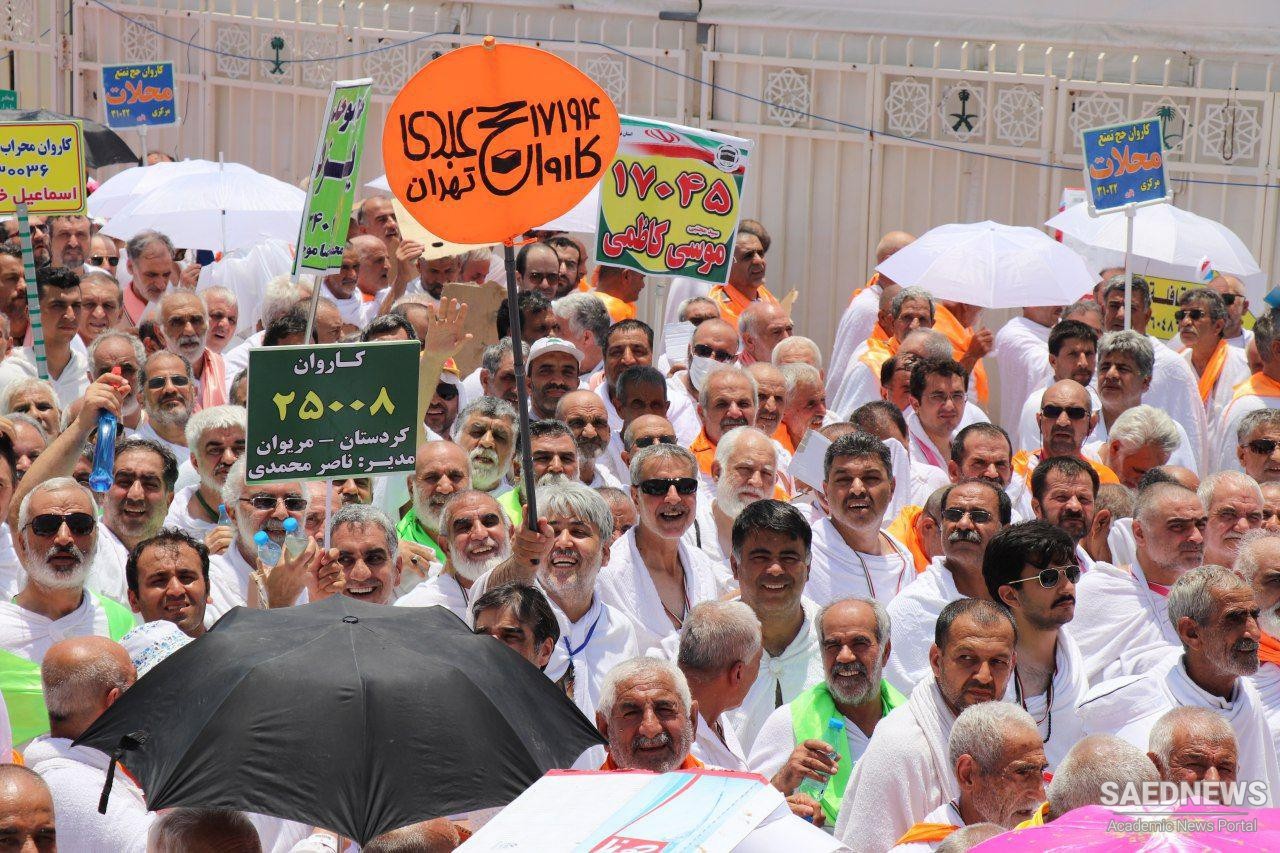It is believed that every adult Muslim who is physically able and can afford it should make the pilgrimage at least once in a lifetime. The rituals that have to be observed for the pilgrimage to be valid have a deep, spiritual meaning.
The donning of all-white, simple garments for men and women signifies the shedding of class and status divisions and underscores the equality of all believers before God. The brisk walk or run between the hills of Safa and Marwa harks back to Hagar’s, the handmaid of Abraham, desperate search for water in the desert when she was exiled there with her son Ishmael. Eventually God answered her prayers and brought forth a spring, the spring of Zam Zam, which is still there. The deeper symbolism of this hastening between the two hills reminds believers of the futility of chasing worldly gains.
Going on a major pilgrimage is an important rite of passage for Muslims, and is usually taken when one is middle age or older. Relatives and friends see pilgrims off at the airport and then welcome them back with flowers. Their return is also marked by a celebratory banner hung outside their house, which formally welcomes them back home. A few days after returning, the pilgrim hosts a large dinner for relatives, friends, and neighbors either at home or in a reception hall, after which others address the pilgrim as Hâj Âqâ (pilgrim sir) or Hâj Khânum (pilgrim lady).
In the biblical story, God, in order to test Abraham’s faith, asks him to sacrifice his son (in the Hebrew-Christian tradition this is Isaac, Sarah’s son; in the Islamic tradition this is Ishmael, Hagar’s son). Abraham prepares the boy for sacrifice. As he is about to plunge the knife into the boy’s throat, God stops him and sends down an animal to be sacrificed instead.
In Iran, the custom of sacrificing a sheep also marks rites of passage (the birth of a baby, the entry of a bride into her new husband’s house) and other auspicious occasions, such as the purchase of a house or shop. Before the sacrifice the animal must have its fill of water, in remembrance of the martyrdom of Imam Hossein and his faithful followers (see Appendix C). Iranians feel that this sacrifice diverts any potential harm from people and property to the animal, just as in the biblical story, and ensures good luck and protection from the evil eye. The meat of the animal is then distributed to the poor in exchange for their prayers, or it is cooked and shared with neighbors.


 Early Islamic Philosophical Figures in Persia: Abu Sulayman Muhammad Ibn Tahir Sijistani
Early Islamic Philosophical Figures in Persia: Abu Sulayman Muhammad Ibn Tahir Sijistani














































